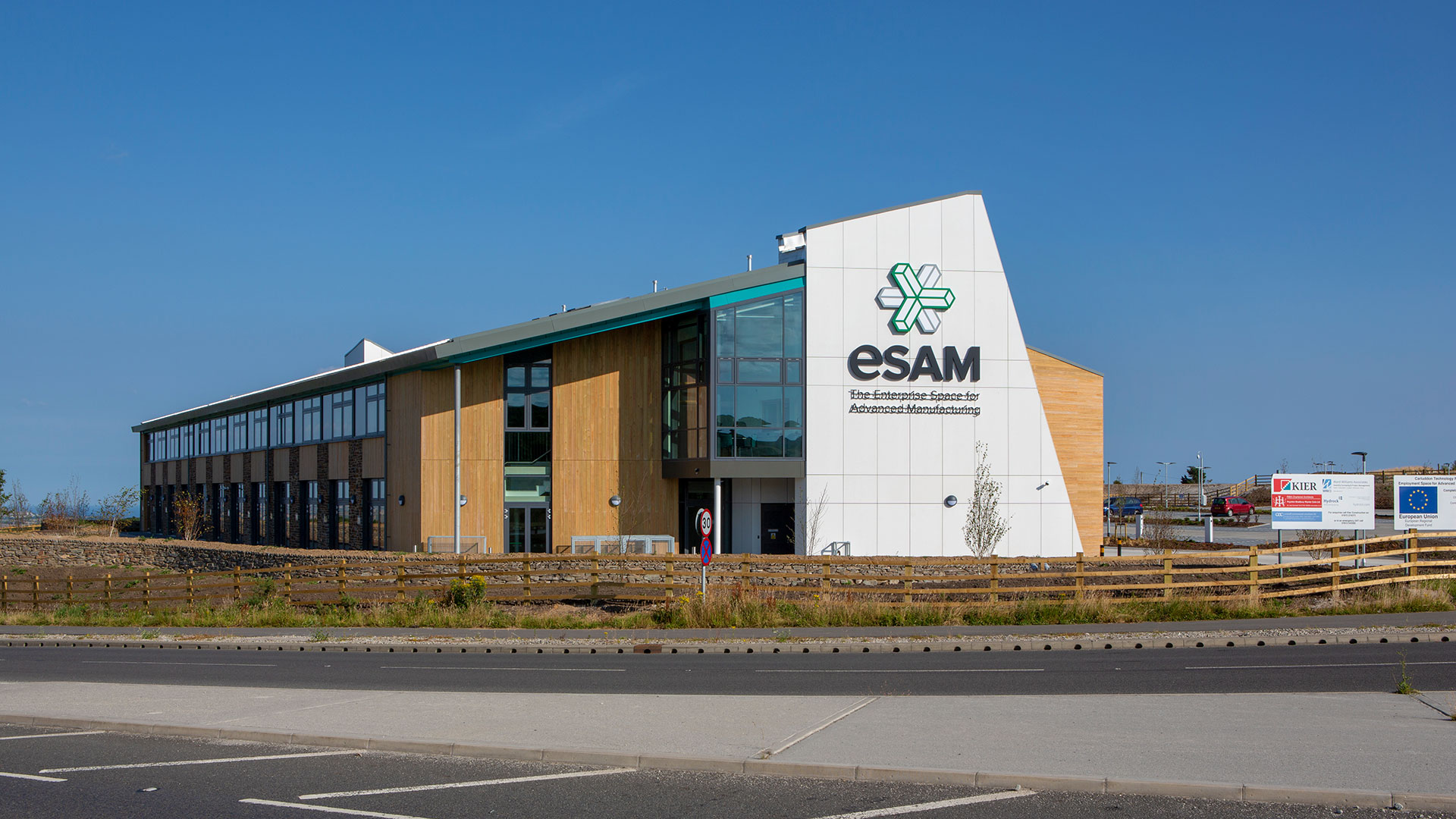The European Union (EU) stands as one of the three major world economic powers alongside the United States and China. While globalization has strengthened the economies of all these powers, the EU has achieved a level of economic integration unparalleled by its counterparts. Despite criticisms and the need for problem-solving measures, the EU remains on the path of economic and political integration, offering further potential for progress.
European Institutions
To facilitate European integration, several institutions have been established. These include:
- The Commission: Holding executive power, the Commission develops European policies for approval by the Council of Ministers.
- European Council: Comprising heads of government, the representative of the Common Foreign and Security Policy, and the Commission’s President, the European Council determines European policies.
- Council of Ministers: Composed of ministers from each member state, the Council of Ministers carries significant weight in decision-making.
- European Parliament: Elected by European citizens, the Parliament holds legislative power, exercises supervisory functions, and manages the European budget.
- Court of Justice: As a judicial body independent from the executive and legislative branches, the Court of Justice determines whether states have breached agreements established by the Commission
.European Economic Institutions
The EU’s economic development is supported by independent economic organizations. Notable among these institutions are:
- Court of Auditors: Located in Luxembourg, the Court of Auditors independently oversees the proper use of European funds.
- European Central Bank (ECB): Responsible for executing monetary policy, the ECB determines the price and amount of money in circulation to ensure stable prices and combat inflation.
- European Investment Bank (EIB): The EIB addresses significant European investment projects in less developed regions, financing infrastructure, supporting job creation in companies, and funding environmental initiatives to foster development in the EU.
European Policies and Funds

The EU’s common policies play a vital role in the economy, focusing on establishing common regulations, defending productive sectors, and enhancing competitiveness. Given the economic and social disparities among member states, the EU aims to correct imbalances through regional policy. This policy relies on structural and cohesion funds, managed by the European Commission. Noteworthy funds include:
- European Regional Development Fund (FEDER): Promotes balanced development across European regions.
- European Social Fund (ESF): Supports projects that foster employment.
- European Agricultural Fund for Rural Development (EAFRD): Addresses rural issues within the EU.
- European Maritime and Fisheries Fund (FEMP): Boosts sustainable fishing and improves the quality of life for coastal residents.
The Community Budget
The EU’s functioning relies on a well-structured community budget, which finances European policies. However, the community budget constitutes only 1% to 2% of the GDP of member states. Financing is primarily derived from four different income sources:
- Agricultural levies: Taxes on imported agricultural products.
- Customs duties: Tariffs imposed on products entering the EU.
- VAT fees: A fee based on value-added tax.
- Quota according to the Gross Domestic Product: The EU’s share of income depends on the economic power of member states.
The Stability and Growth Pact
In response to the 2008 crisis, the EU implemented the European Fiscal Pact in 2012. This agreement aims to establish discipline regarding public debt and deficits. The key rules of the pact are as follows:
- Maximum annual structural deficit limit of 0.5% of GDP (1% for states with debt below 60% of GDP).
- States with a debt exceeding 60% of GDP must reduce it by one twentieth each year.
- Implementation of correction mechanisms to achieve deficit reduction targets.
- Sanctions for non-compliance may reach a maximum of 0.1% of GDP.




Leave a Reply